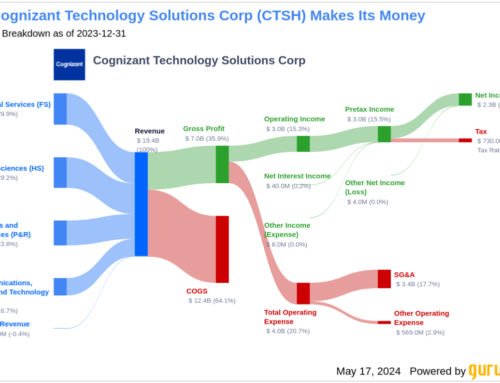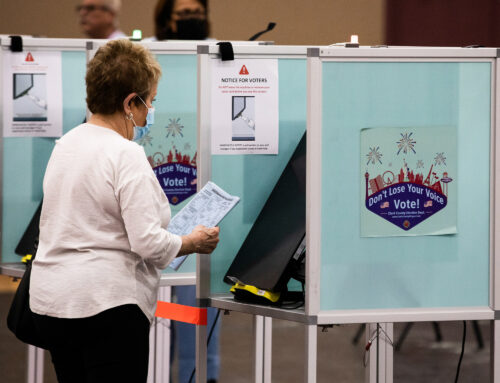Washington, May 2, 2024 /PRNewswire/ — NASA is almost $1.5 million It serves academic, non-profit and business organizations to advance cutting-edge technologies that will play a key role in the agency's return to the Moon under Artemis and future missions to Mars.
Twenty-four projects from 21 organizations were awarded under NASA's Dual-Use Technology Development Cooperation Agreement Notification (CAN). Winners will also receive support from propulsion, space transportation and science experts at NASA's Marshall Space Flight Center. Huntsville, Alabama.
Brandon Aguiar, a graduate student at Florida International University, developed lunar regolith simulants, graphene nanoplatelets, and base resins for use in FIU's ongoing research on improving the electrical conductivity of stacked regolith components containing graphene nanoplatelets. We are working on the preparation of slurry containing.
“The Dual-Use Technology Development Cooperation Agreement Notice will allow NASA to work with U.S. industry and academia to develop the necessary technology.” daniel o'neil, Manager of NASA Marshall's Technology Development Dual-Use CAN Program. “Products from these cooperative agreements will support closing identified technology gaps and enable the development of components and systems for NASA's Moon-to-Mars architecture.”
These innovative projects include using lunar regolith to build the moon's surface using video-guided sensors on smartphones, flying robots on the International Space Station, identifying new battery materials, and neutrino particle detection. This includes ways to improve the equipment.
Below is the complete list of winners.
- auburn university in Alabama
- Florida Institute of Technology in Melbourne, florida
- florida international university in miami
- Fronius united states of america in Portage, Indiana
- Groyer Taylor Institute Tullahoma, Tennessee
- Louisiana State University Baton Rouge
- morgan state university in baltimore
- Nanorack (Voyager Space) houston
- northwestern university in Chicago
- Purdue University in West Lafayette, Indiana
- Southwest Research Institute san antonio
- Daesung in 3D Omaha, Nebraska
- University of Alabama Huntsville
- University of California, Irvine
- University of Florida in gainesville
- University of Illinois at Chicago
- University of North Texas in denton
- University of Tennessee Knoxville
- University of Tennessee Space Research Institute
- winning solution Huntsville, Alabama
- Wichita State University in Kansas
of Florida Institute of Technology, northwestern universityand the University of Alabama Two projects each received funding.
Funding was available to organizations focused on advancing the commercial space sector and supporting entrepreneurial research and innovation ideas that could benefit future NASA missions.
Applications are now open for the 2024 recruitment cycle.
For more information about NASA's mission, visit:
Source NASA






